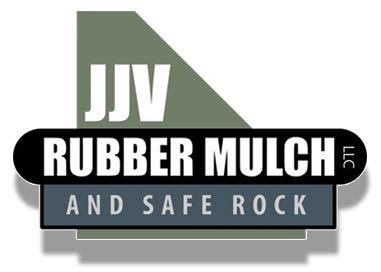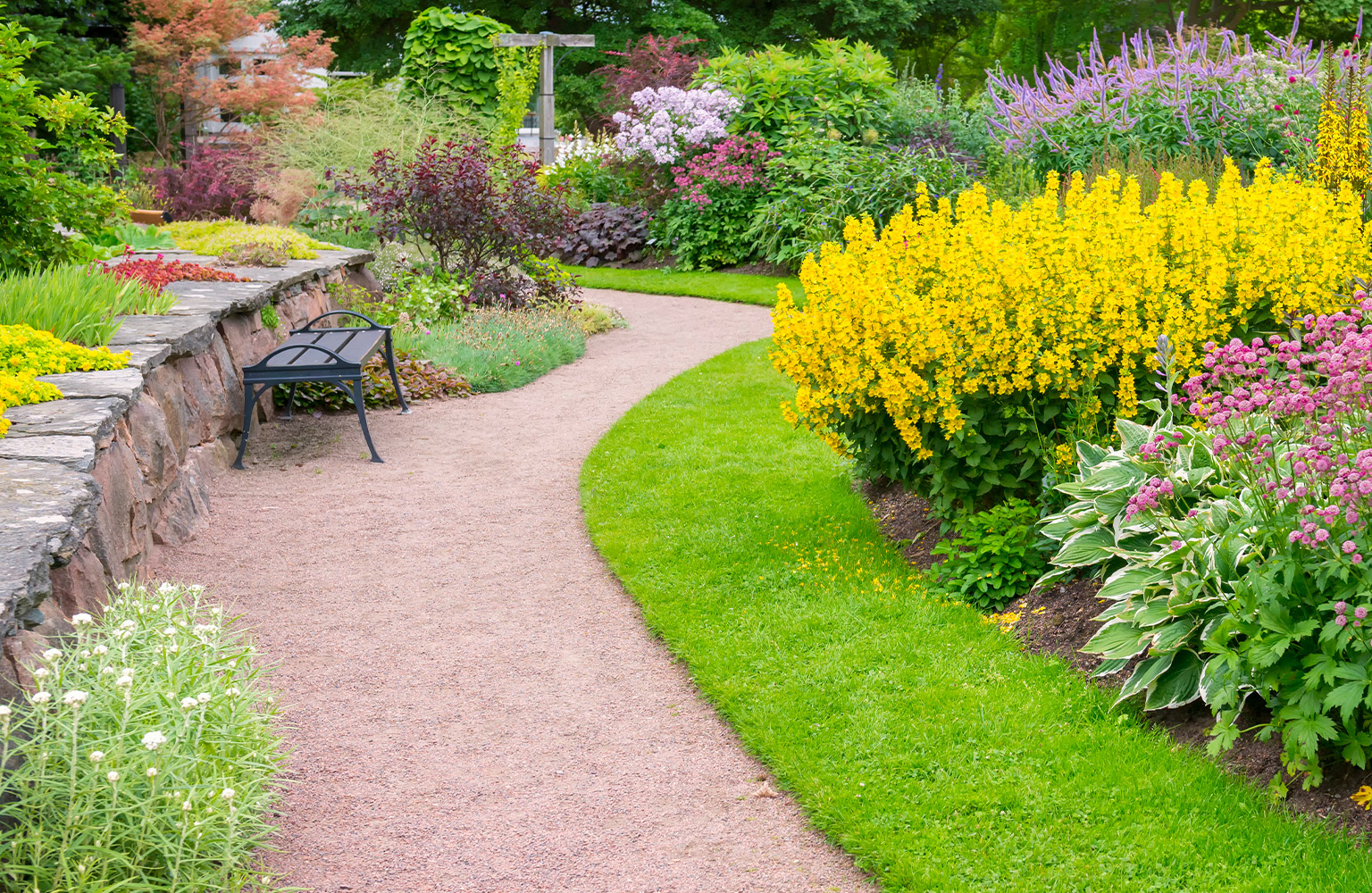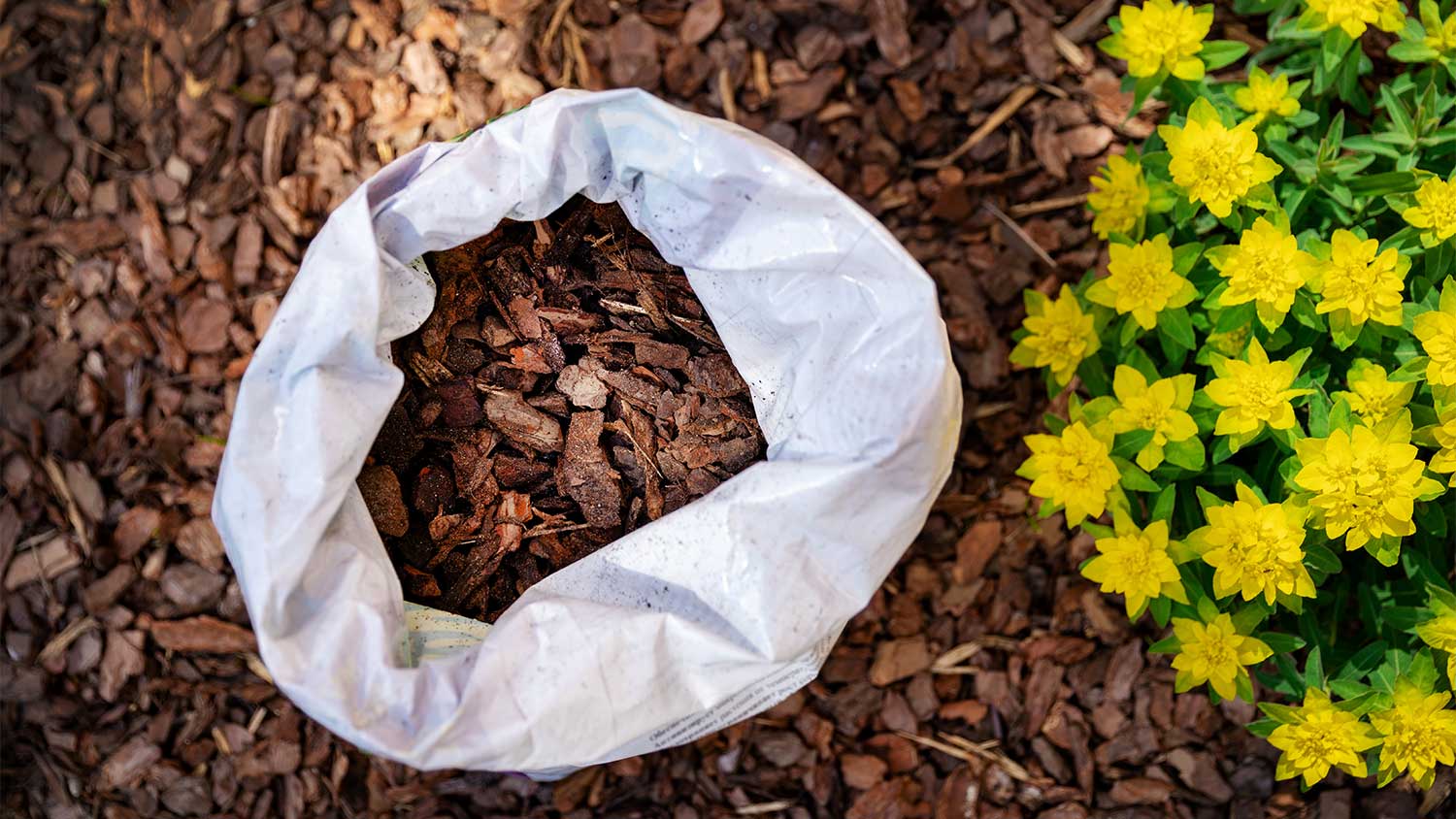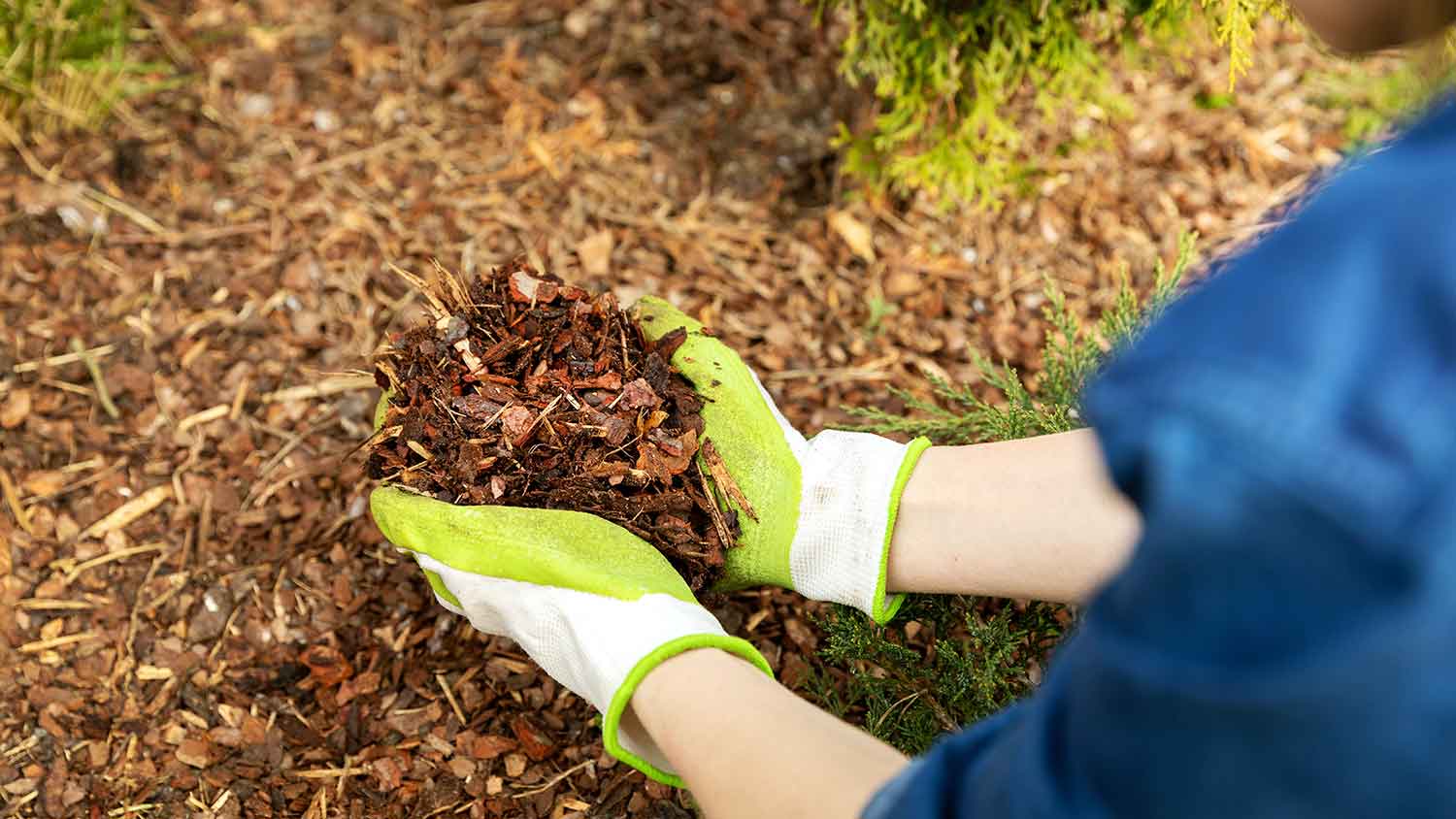
Get matched with top mulch and topsoil pros in Madison, SD
Enter your ZIP and get matched with up to 5 pros
Need a pro for your mulch and topsoil service project in Madison, SD?
Find Mulch and topsoil pros in Madison

JJV Rubber Mulch and Safe Rock LLC
JJV Rubber Mulch and Safe Rock LLC
JJV Rubber Mulch and Safe Rock, stands poised and proud by providing rubber mulch products that utilizes NON-TIRE recycled rubber in the production process. JJV Rubber Mulch continues to offer a safe and clean alternative.
JJV Rubber Mulch and Safe Rock, stands poised and proud by providing rubber mulch products that utilizes NON-TIRE recycled rubber in the production process. JJV Rubber Mulch continues to offer a safe and clean alternative.
Carlson Property Maintenance
Carlson Property Maintenance
WE ARE A FULL CIRCLE COMPANY IN CONSTRUCTION FROM START TO FINISH AND INCLUDING REMODELING TO LIGHT REPAIR WITH A CUSTOMER FOCUSED APPROACH.
WE ARE A FULL CIRCLE COMPANY IN CONSTRUCTION FROM START TO FINISH AND INCLUDING REMODELING TO LIGHT REPAIR WITH A CUSTOMER FOCUSED APPROACH.
The Madison, SD homeowners’ guide to mulch and topsoil services
From average costs to expert advice, get all the answers you need to get your job done.

Gravel is an inexpensive paving material overall, but costs vary by type. Find out what average gravel prices will look like for your project.
 •
•Discover the average sand delivery cost, key price factors, and tips to save on your next project. Get transparent, up-to-date estimates for sand delivery.
 •
•Find out the average mulch delivery and installation cost, plus key factors that impact your price. Learn how to budget, compare options, and save on your landscaping project.

Whether you should remove old mulch depends on your unique situation and personal preferences. Learn more about how to handle last season’s spread.

If you’re looking at your yard wondering, “How many bags of mulch do I need?” This calculator will help you determine the exact amount of mulch you should buy.
 •
•Discover mulch removal cost estimates. Discover what influences pricing, compare DIY vs. professional services, and find expert tips to save on your mulch removal project.
- Lyons, SD Mulch and topsoil pros
- Colton, SD Mulch and topsoil pros
- Dell Rapids, SD Mulch and topsoil pros
- Humboldt, SD Mulch and topsoil pros
- Baltic, SD Mulch and topsoil pros
- Hartford, SD Mulch and topsoil pros
- Crooks, SD Mulch and topsoil pros
- Renner, SD Mulch and topsoil pros
- Sioux Falls, SD Mulch and topsoil pros
- Garretson, SD Mulch and topsoil pros
- Brandon, SD Mulch and topsoil pros
- Pipestone, MN Mulch and topsoil pros
- House Cleaning in Madison
- Window Cleaning in Madison
- Snow Removal in Madison
- House Cleaning in Madison
- Lawn Mower Repair in Madison
- Trampoline Assembly in Madison
- Sink Installation in Madison
- Plumbing in Madison
- Electrical in Madison
- Handyman Service in Madison
- Roofing in Madison
- Locksmiths in Madison
- Hvac in Madison
- Lawn Care in Madison
- Air Duct Cleaning in Madison
- Painting in Madison
- Appliance Repair in Madison
- Interior Painting in Madison
- Ev Charger Installer in Madison
- Drain Cleaning in Madison
- Contractor in Madison
- Gutter Cleaning in Madison
- Pressure Washing in Madison
- Boiler Repair in Madison
- Flooring in Madison
- Exterior Painting in Madison
- Foundation Repair in Madison